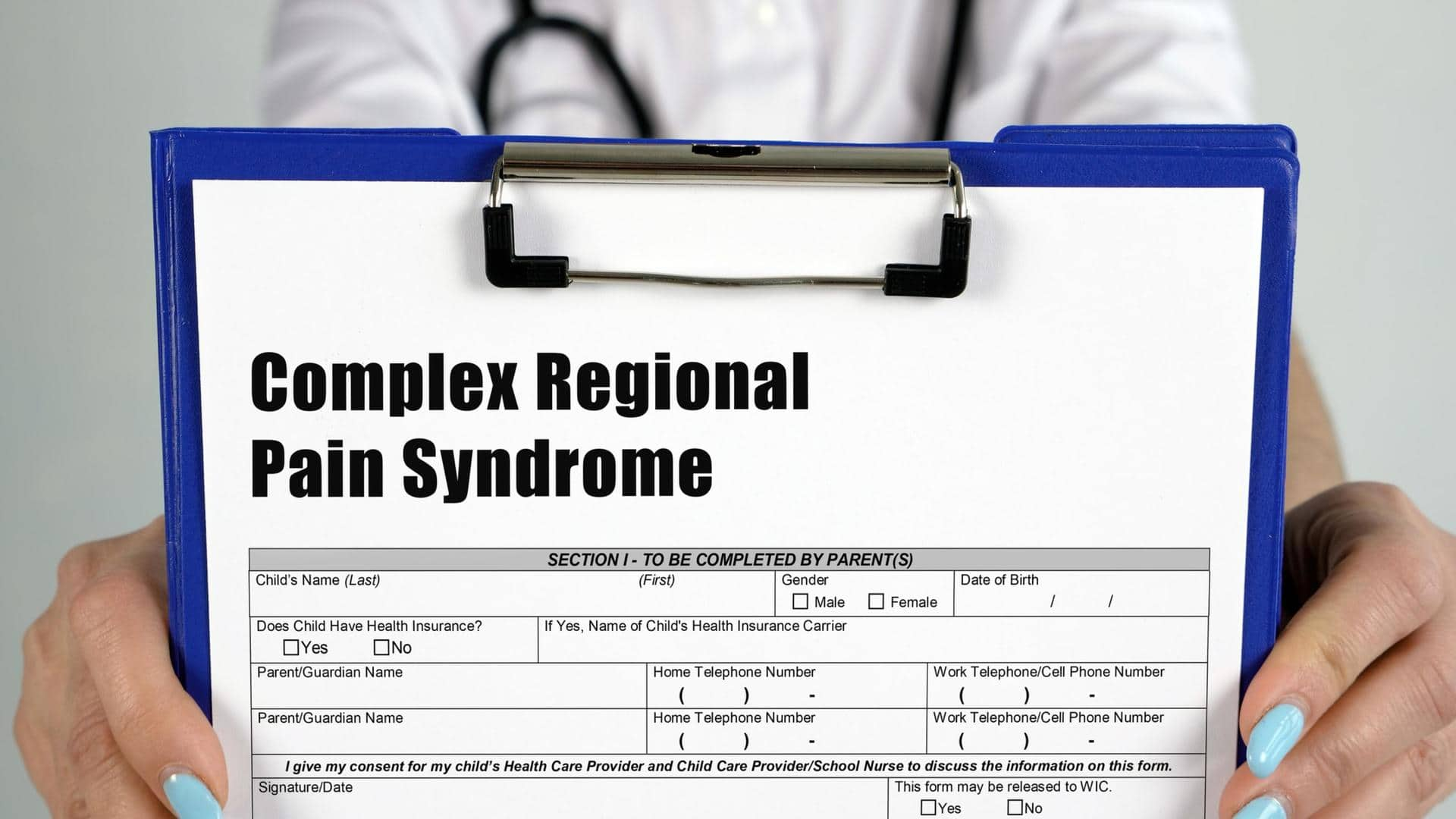
Complex regional pain syndrome: Symptoms, causes, and treatment
What's the story
Complex Regional Pain Syndrome (CRPS) is a kind of persistent pain that commonly affects the arms or legs. It typically occurs following an injury, surgery, stroke, or heart attack. What makes it puzzling is that the pain is much more severe than expected considering the initial injury's seriousness. Here we will look into the symptoms, causes, and treatment options available for this condition.
Symptoms
Symptoms
Symptoms of CRPS include persistent burning pain in the arm, leg, hand, or foot, heightened sensitivity to touch or cold, and swelling in the affected area. Changes in the skin like alterations in temperature, color, and texture are common. Hair and nail growth changes, joint stiffness and damage, muscle spasms, weakness, and reduced mobility in the affected body part are also observed.
Causes
Causes
The causes of CRPS are not fully understood, but researchers believe it may involve inflammatory or immune reactions affecting both the peripheral and central nervous systems. In the majority of cases, CRPS arises from nerve trauma or injury in the affected limb, damaging the thinnest sensory and autonomic nerve fibers. Among the common triggers for CRPS is a bone fracture, particularly involving the wrist.
Complications
Complications
If left undiagnosed and untreated in its early stages, CRPS can progress to more debilitating complications. Tissue wasting may occur as the skin, bones, and muscles deteriorate and weaken due to avoidance or difficulty in moving the affected limb caused by pain or stiffness. Additionally, muscle tightening may develop, leading to a fixed position of the hand and fingers or the foot and toes.
Prevention
Prevention
Prevention strategies for CRPS involve two important measures. First, after a wrist fracture, taking a high dose of vitamin C has been shown to lower the chances of CRPS compared to those who don't take the supplement. Second, early mobilization after a stroke, which involves getting out of bed and walking around soon after the event, may also decrease the likelihood of CRPS development.
Treatment
Treatment options
To treat CRPS effectively, a combination of carefully managed approaches is essential. These include physical therapy, occupational therapy, changes in lifestyle, psychosocial and behavioral therapy, as well as the use of medications. For young children with CRPS, psychosocial and rehabilitation therapies are the main treatment focus, while pain-reducing medical procedures are considered for older adolescents if other therapies have not been effective.